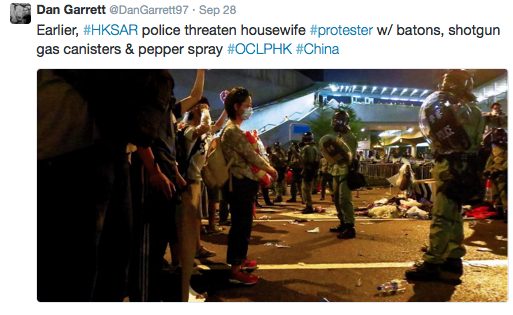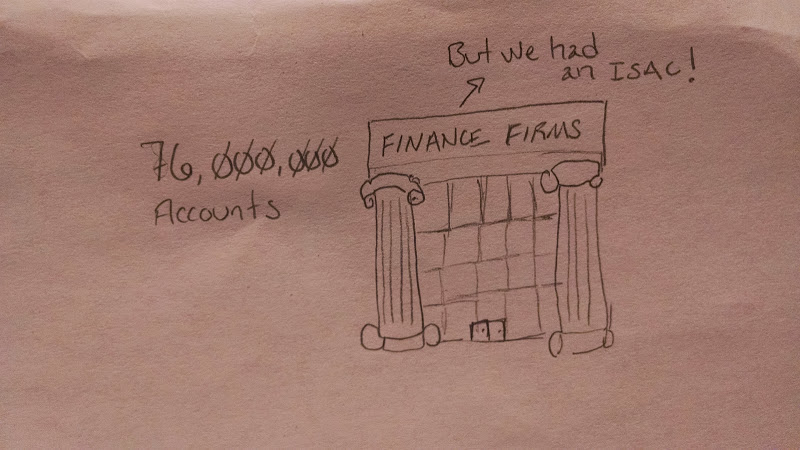Yesterday Critical Intelligence released its ICS Security Trends and Analysis Report for Quarter 3, 2014.
Critical Intelligence really covers a lot of ground. For example, during Q3 the firm reported on total of 136 items pertinent to the electric sector. These range from indications and warnings updates, to ICS specific vulnerabilities, to attack tools, and defensive developments.
This is the 23rd quarterly report that I have been directly involved with creating at CI. While previous reports provided a fantastic overview of the emerging trends, and some dove deeply into interesting topics, we decided to try something different this time.
At the CounterIntel conference in September, several intelligence consumers asked for something that they could pass to their senior management to give them them a quick, but grounded understanding of what was really going on the ICS threat world that the execs should know about.
So, this time the report is just three pages plus the cover sheet. The first two pages describe the three most important ICS security developments that occurred during the quarter. The report then answers the questions “Why is this important?” and “What should I do about it?”
The last page is a brief statistical overview of all the items covered during the quarter. This provides a good feel for the value that CI is providing, and the items that the intelligence team at each ICS asset owner deals with on a regular basis.
If you are a Critical Intelligence customer, then please send in your feedback. If you are not, then schedule a sales call and see what you are missing!












